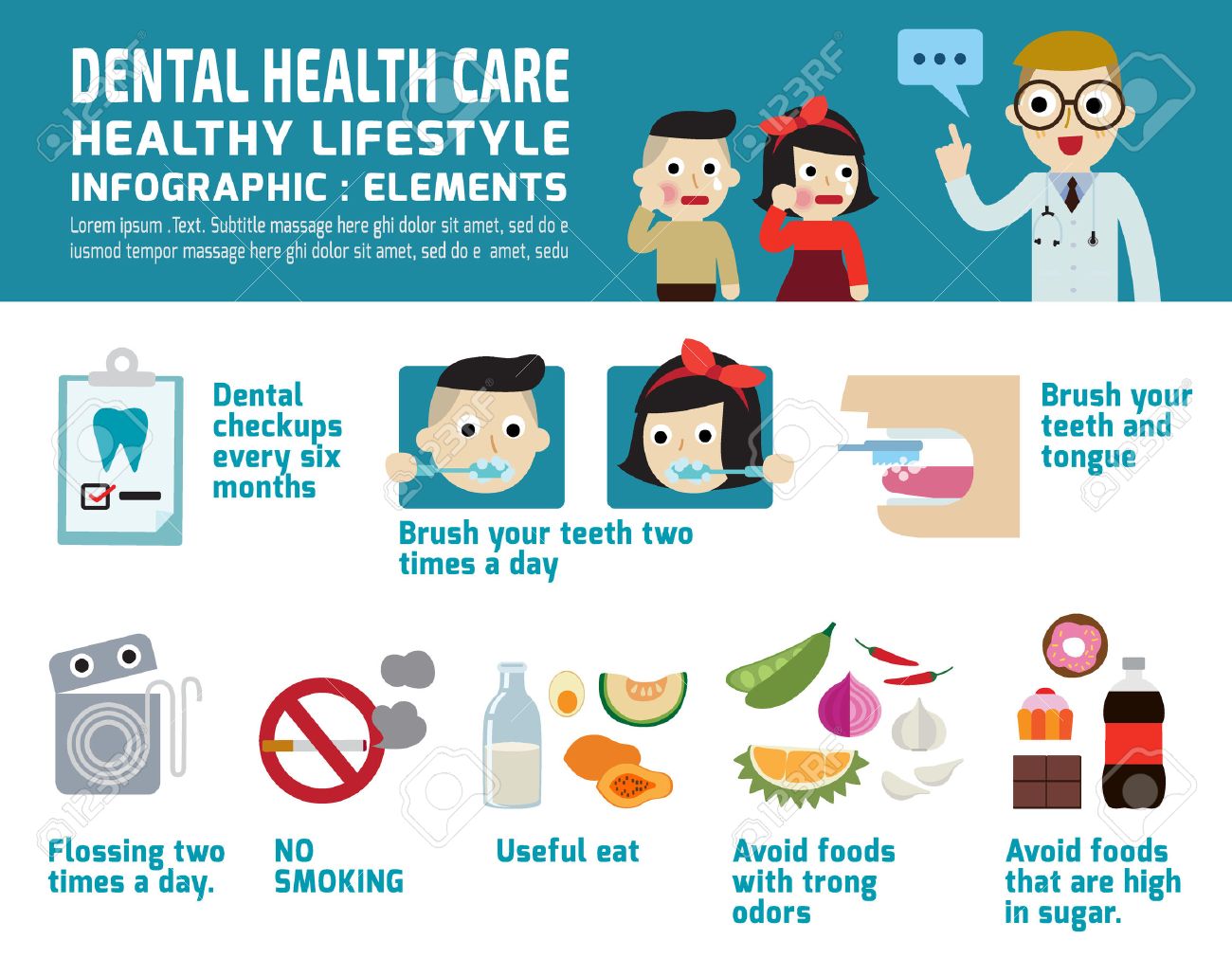Disclose The Considerable Advancements That Are Modifying The World Of Dental Surgery. Take Into Consideration The Future Of This Specialty And Remain Informed. Click Currently For A Very Early Check Out What Is On The Horizon
Disclose The Considerable Advancements That Are Modifying The World Of Dental Surgery. Take Into Consideration The Future Of This Specialty And Remain Informed. Click Currently For A Very Early Check Out What Is On The Horizon
Blog Article
Written By-Johannsen Terrell
Invite to the world of oral surgery, where technologies and advances are shaping the future of the area! In this exciting world, you'll witness the transformative power of robotics, the sophisticated wonder of 3D printing, and the game-changing influence of minimally intrusive methods.
The future of oral surgery holds a promise of precision, effectiveness, and improved person outcomes. With the help of innovative robotics, surgeons are able to carry out intricate procedures with better accuracy and control.
3D printing innovation is changing the production of dental implants and prosthetics, offering personalized solutions that fit flawlessly right into each individual's distinct anatomy.
In addition, minimally intrusive methods are decreasing post-operative discomfort and healing time, permitting patients to return to their lives faster.
Get ready to explore the exciting innovations and developments that are improving the landscape of dental surgery!
Developments in Robotics
One major advancement in dental surgery is using robotic modern technology, which enables precise and efficient surgical procedures. With the help of robot systems, oral specialists have the ability to carry out complex surgical procedures with improved precision, decreasing the danger of human error.
These robotic systems are geared up with advanced imaging modern technology and exact tools that enable surgeons to browse with complex anatomical structures effortlessly. By making use of robot modern technology, doctors can achieve higher medical precision, causing enhanced individual end results and faster recovery times.
In addition, using robotics in oral surgery allows for minimally intrusive treatments, decreasing the injury to bordering tissues and advertising faster healing.
3D Printing in Dental Surgery
To enhance the area of oral surgery, you can check out the subtopic of 3D printing in oral surgery. https://www.globenewswire.com/news-release/2021/09/09/2294106/0/en/Invisalign-Sandusky-OH-Treatment-Updated-for-Crossbite-Underbite-Overbite.html has the prospective to transform the means dental doctors operate and deal with people. Here are four key methods which 3D printing is shaping the area:
- ** Personalized Surgical Guides **: 3D printing allows for the production of highly precise and patient-specific surgical guides, boosting the precision and effectiveness of treatments.
- ** Implant Prosthetics **: With 3D printing, dental surgeons can create tailored dental implant prosthetics that completely fit a person's distinct anatomy, resulting in far better outcomes and client complete satisfaction.
- ** Bone Grafting **: 3D printing makes it possible for the production of patient-specific bone grafts, minimizing the demand for conventional grafting methods and improving healing and recovery time.
- ** Education and learning and Educating **: 3D printing can be used to produce sensible medical models for academic functions, allowing oral specialists to exercise complex treatments prior to performing them on patients.
With its possible to enhance precision, personalization, and training, 3D printing is an interesting growth in the field of oral surgery.
Minimally Invasive Strategies
To better advance the area of oral surgery, welcome the potential of minimally intrusive methods that can considerably benefit both surgeons and individuals alike.
Minimally invasive methods are revolutionizing the field by reducing surgical trauma, minimizing post-operative discomfort, and accelerating the recovery procedure. These methods involve making use of smaller sized incisions and specialized tools to perform procedures with precision and performance.
By utilizing https://griffingbvpl.slypage.com/33571636/gum-economic-downturn-therapy-myths-realities-and-every-little-thing-in-between , such as cone light beam calculated tomography (CBCT), doctors can accurately intend and perform surgical procedures with minimal invasiveness.
Additionally, the use of lasers in oral surgery allows for precise tissue cutting and coagulation, leading to minimized bleeding and reduced healing time.
With minimally intrusive methods, people can experience much faster recuperation, decreased scarring, and boosted outcomes, making it a necessary aspect of the future of oral surgery.
dental financing austin tx , as you can see, the future of oral surgery is incredibly appealing, with amazing innovations and breakthroughs shaping the area.
From the developments in robotics to using 3D printing and minimally invasive methods, dental cosmetic surgeons are changing the means they supply treatment.
While some might stress over the prospective expense connected with these improvements, it's important to bear in mind that these technologies eventually enhance individual outcomes and decrease recuperation time, making them well worth the investment in the long run.
